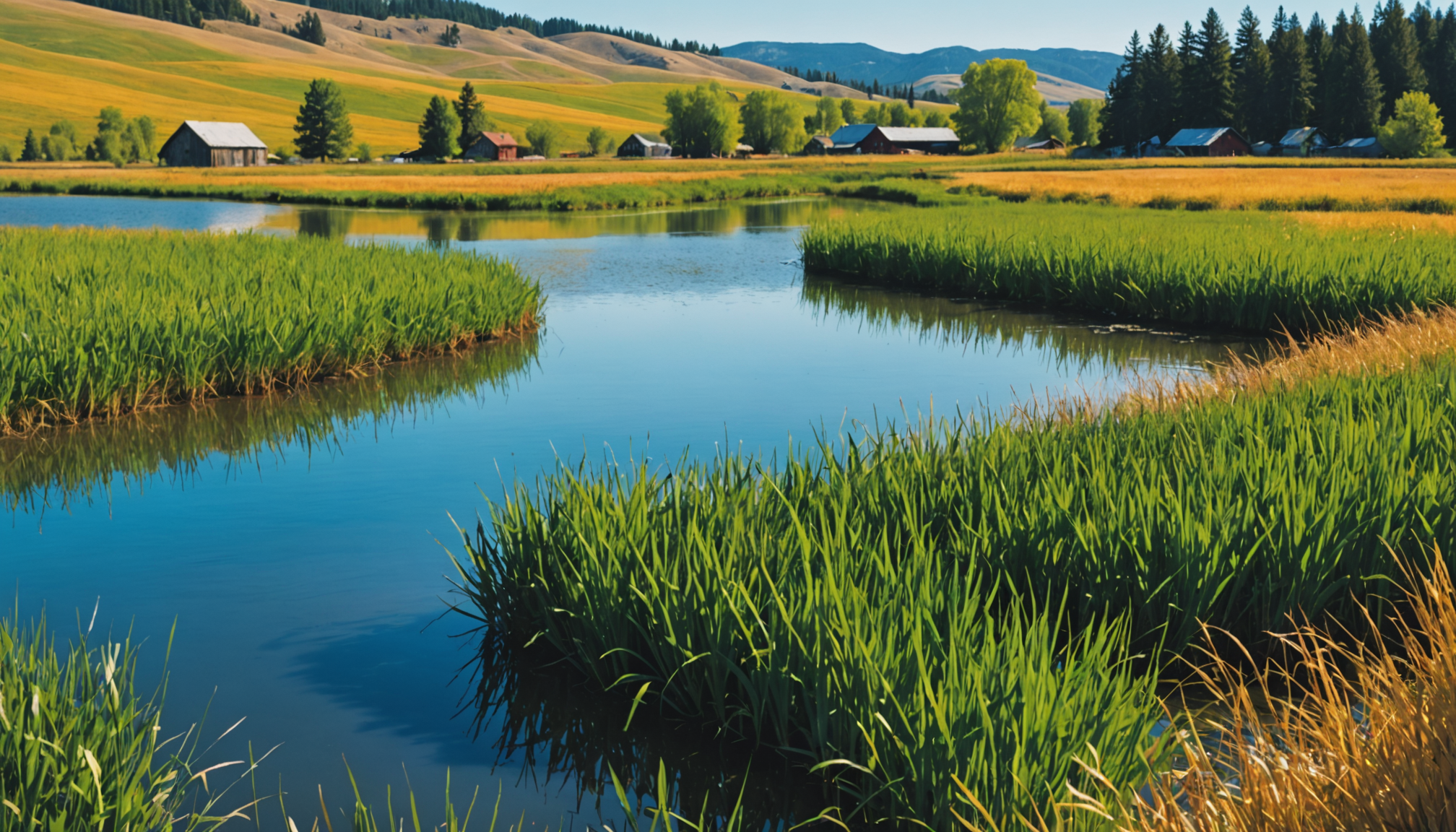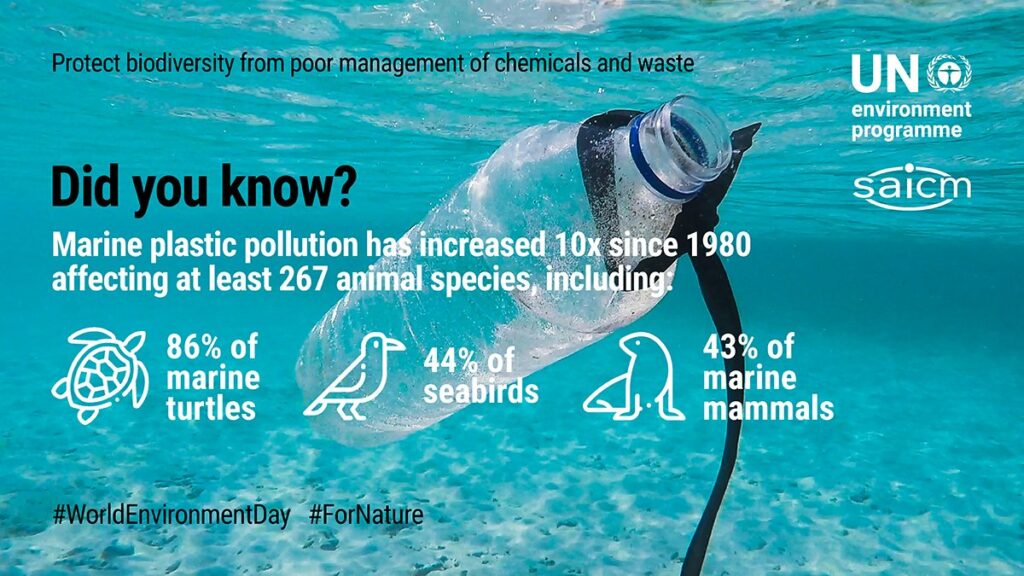
Sustainable Irrigation Innovation for Alberta Dairy Farms
Introduction
An ongoing experiment at a research facility in Harrington, Prince Edward Island (P.E.I.), aims to develop a sustainable irrigation method for cattle feed on Alberta dairy farms. This initiative aligns with several Sustainable Development Goals (SDGs), including SDG 6 (Clean Water and Sanitation), SDG 12 (Responsible Consumption and Production), and SDG 15 (Life on Land).
Research Overview
Audrey Murray, a scientist with Agriculture and Agri-Food Canada, is leading research on using constructed wetlands to filter sludge accumulated in dairy farm lagoons. These lagoons, commonly used on Alberta farms, contain high concentrations of manure and have potential to enhance soil ecosystems when managed sustainably.
Experimental Approach
- Location and Methodology: The pilot testing is conducted at Harrington Research Farm in P.E.I., utilizing mesocosms—controlled outdoor experimental systems that simulate natural environments.
- Process: Dairy wastewater from P.E.I. is processed through mesocosms with varying retention times, soil types, and wetland designs to identify the most effective system before constructing a full-scale wetland.
- Water Reuse: The lagoon provides initial wastewater treatment; the wetland will offer further filtration, enabling water reuse for irrigation while solids can still be applied to land.
Project Funding and Stakeholder Engagement
- The project is funded by Alberta Innovates and Result Driven Research.
- Interest has been expressed by farmers and stakeholders seeking sustainable waste treatment solutions.
- The research aims to fill the current gap in publicly available guidelines for designing such wetland systems.
Environmental and Agricultural Benefits
- Water Efficiency: The project emphasizes maximizing water use efficiency, supporting SDG 6.
- Ecosystem Services: Wetlands provide multiple ecosystem benefits, including habitat provision and water purification, contributing to SDG 15.
- Farmer Support: The nature-based treatment system benefits farmers by improving water quality and integrating with existing farming practices, promoting SDG 12.
Future Goals and Outputs
- Develop Alberta-specific guidelines for dairy wastewater wetland systems.
- Provide practical design recommendations to assist farmers in implementing sustainable waste treatment solutions.
- Promote environmental stewardship and sustainable agriculture practices aligned with the United Nations SDGs.
Contact Information
For further information, contact Yutaro Sasaki, Local Journalism Initiative reporter, at ysasaki@postmedia.com or follow on X: @PEyutarosasaki.
1. Sustainable Development Goals (SDGs) Addressed or Connected
- SDG 6: Clean Water and Sanitation
- The article discusses improving water treatment and reuse for irrigation, which relates directly to ensuring availability and sustainable management of water.
- SDG 12: Responsible Consumption and Production
- By treating dairy farm wastewater and reusing water, the project promotes sustainable management and efficient use of natural resources.
- SDG 13: Climate Action
- Nature-based solutions such as wetlands help mitigate environmental impacts and enhance ecosystem resilience.
- SDG 15: Life on Land
- Wetlands provide ecosystem benefits and improve soil quality, supporting sustainable land use and biodiversity.
2. Specific Targets Under Those SDGs Identified
- SDG 6 – Target 6.3: Improve water quality by reducing pollution, minimizing release of hazardous chemicals and materials, and substantially increasing water recycling and safe reuse.
- SDG 12 – Target 12.4: Achieve environmentally sound management of chemicals and all wastes throughout their life cycle to reduce their release to air, water and soil.
- SDG 13 – Target 13.1: Strengthen resilience and adaptive capacity to climate-related hazards and natural disasters in all countries.
- SDG 15 – Target 15.1: Ensure the conservation, restoration and sustainable use of terrestrial and inland freshwater ecosystems and their services.
3. Indicators Mentioned or Implied to Measure Progress
- Water Quality Indicators: The effectiveness of wetlands and mesocosms in filtering dairy wastewater to produce high-quality water suitable for irrigation.
- Water Reuse Rate: The proportion of treated wastewater reused for irrigation purposes on farms.
- Soil Health Indicators: Improvement in soil quality through land-application of treated solids from lagoons.
- Adoption Rate of Sustainable Practices: Number of farms implementing wetland-based wastewater treatment systems based on the guidelines produced.
4. Table of SDGs, Targets, and Indicators
| SDGs | Targets | Indicators |
|---|---|---|
| SDG 6: Clean Water and Sanitation | 6.3: Improve water quality by reducing pollution and increasing water recycling and safe reuse. |
|
| SDG 12: Responsible Consumption and Production | 12.4: Environmentally sound management of chemicals and wastes to reduce release to air, water, and soil. |
|
| SDG 13: Climate Action | 13.1: Strengthen resilience and adaptive capacity to climate-related hazards. |
|
| SDG 15: Life on Land | 15.1: Conservation, restoration and sustainable use of terrestrial and freshwater ecosystems. |
|
Source: pentictonherald.ca







